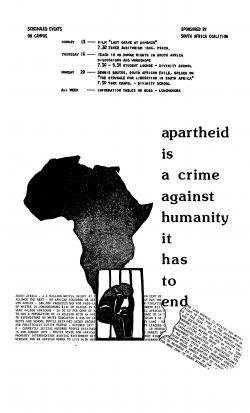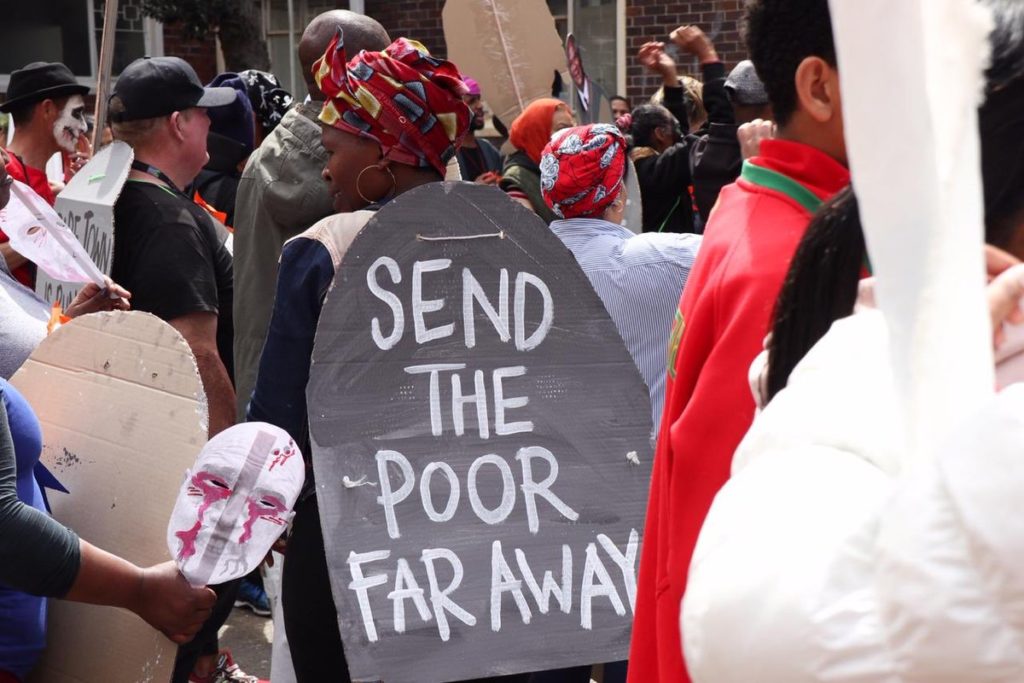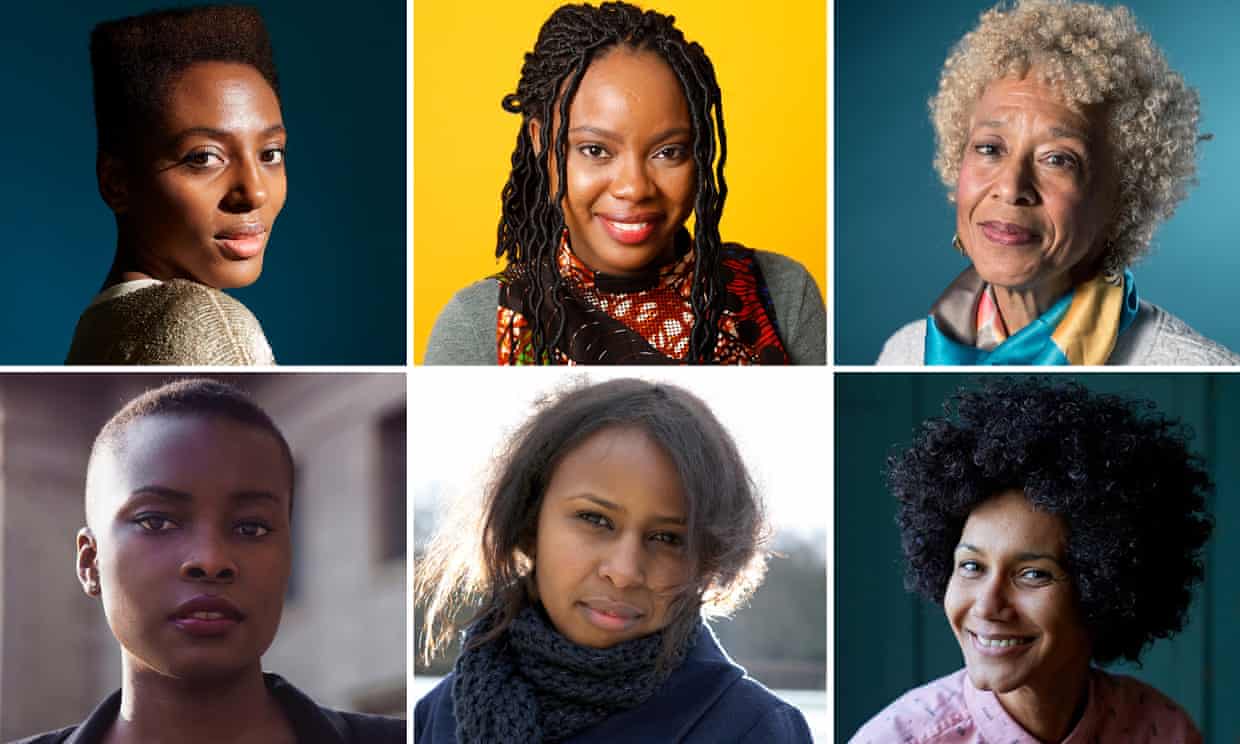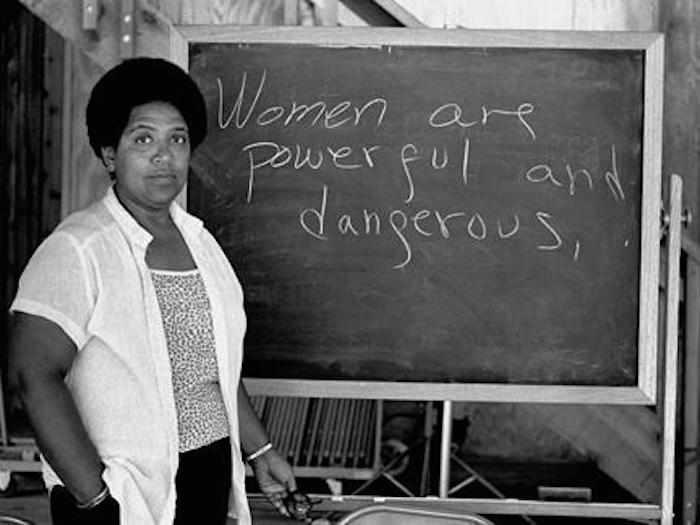
He said he didn’t know
There are many
who are there
right here
out Africa-way
Knowing
knowingly
and not knowing
in denial
and denying
they are beyond too
on the rest
of Planet Earth
He said he didn’t know
the little enclave’s last
does as many have done
and many will continue to do
Might Ladysmith Black Mambazo’s
haunting Homeless
be a reminder
a little hint
that the system
he oversaw
had been declared
a crime against humanity
some even have it
that it was
an unfortunate past
a glitch on the horizon
of the planet’s timeline
like the Little Troubles
over in (Northern) Ireland
like the fall of Saigon
(and not the people’s struggles
against various imperialisms)
He said he didn’t know
notwithstanding the scars
the scarred and the scared
still
(Image Credit: African Activist Archive)



